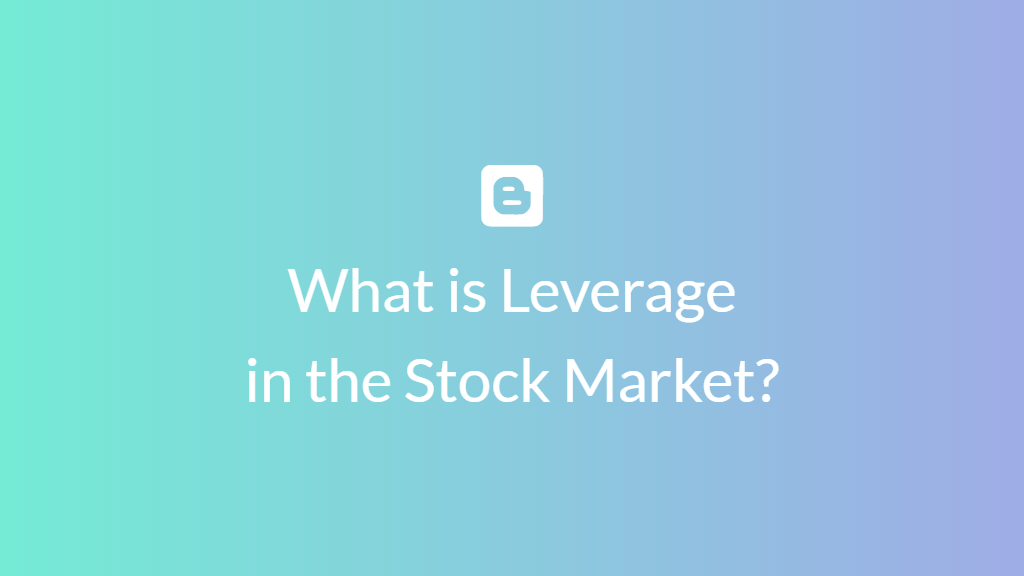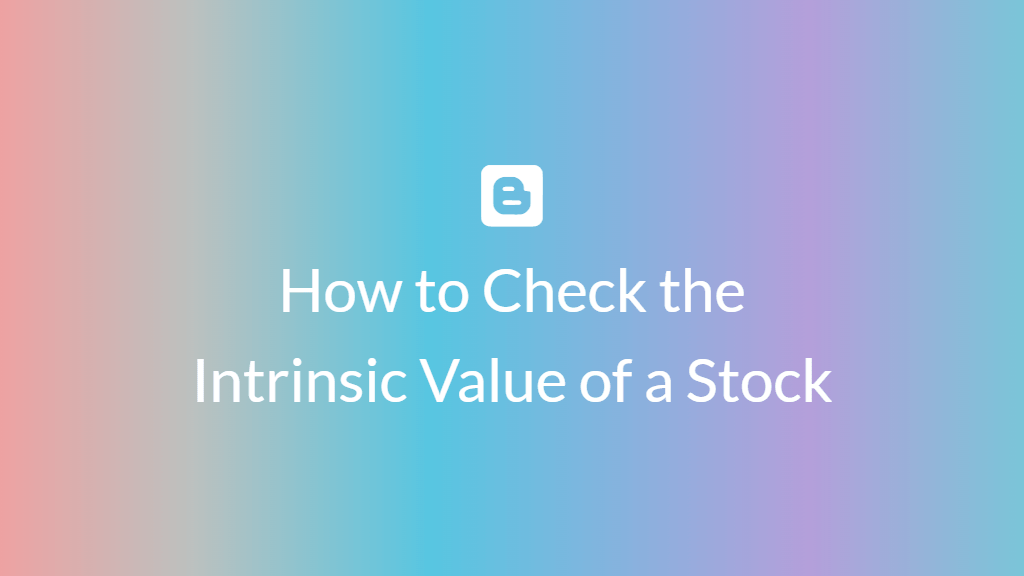What is Alpha in the Stock Market?

The term “Alpha” in the stock market is a key concept in investing, frequently mentioned by professional investors, analysts, and portfolio managers. But what exactly does it mean, and why is it so important? Let’s break it down step-by-step, exploring what Alpha represents, how it’s calculated, and why it’s a significant metric for assessing investment performance.
In this article, we’ll guide you through a clear explanation of Alpha in the stock market, how it differs from other financial metrics, and how you can use it to make smarter investment decisions.
Introduction
In simple terms, Alpha refers to the excess return on an investment relative to the return of a market index or benchmark. It’s a performance metric used to evaluate the skill of an investor or portfolio manager in generating returns beyond what is predicted by market movements. In the stock market, an investment’s Alpha is often seen as a measure of how well the investment outperforms a relevant benchmark, considering its risk level.
For example, if a stock or fund generates a return of 12% while the market index has grown by 8%, the Alpha would be +4%. This indicates the investor or manager has added value beyond what would have been expected based on market movements.
Understanding Alpha vs Beta
Before diving into the depths of Alpha, it’s essential to understand Beta, as the two are often discussed together in the world of investing.
- Alpha measures the excess return of an investment compared to the market.
- Beta, on the other hand, measures the volatility or risk of an investment relative to the market. A Beta of 1 indicates that the stock or fund will move in line with the market. A Beta greater than 1 means the investment is more volatile, while a Beta less than 1 indicates less volatility.
For instance, if a stock has a Beta of 1.5, it’s expected to be 50% more volatile than the market. A higher Beta means higher potential for both gains and losses, while a lower Beta indicates a more stable, less risky investment.
While Beta tells us about risk, Alpha tells us about performance beyond that risk.
How is Alpha Calculated?
Alpha is generally calculated using the following formula:Alpha=Actual Return−(Risk-Free Rate+Beta×(Market Return−Risk-Free Rate))\text{Alpha} = \text{Actual Return} – (\text{Risk-Free Rate} + \text{Beta} \times (\text{Market Return} – \text{Risk-Free Rate}))Alpha=Actual Return−(Risk-Free Rate+Beta×(Market Return−Risk-Free Rate))
Let’s break this down:
- Actual Return: The return achieved by the stock or portfolio.
- Risk-Free Rate: Typically the return of a government bond, like a U.S. Treasury bond, which represents a virtually risk-free investment.
- Beta: The stock or portfolio’s volatility in comparison to the market.
- Market Return: The return of the benchmark index, like the S&P 500.
Example Calculation of Alpha:
Suppose an investor holds a stock that has returned 10% over the past year. The market index, represented by the S&P 500, has returned 8% over the same period. The risk-free rate (e.g., the return on a 10-year U.S. Treasury bond) is 2%, and the stock has a Beta of 1.2.
Using the formula:Alpha=10%−(2%+1.2×(8%−2%))=10%−(2%+1.2×6%)=10%−(2%+7.2%)=10%−9.2%=+0.8%\text{Alpha} = 10\% – (2\% + 1.2 \times (8\% – 2\%)) = 10\% – (2\% + 1.2 \times 6\%) = 10\% – (2\% + 7.2\%) = 10\% – 9.2\% = +0.8\%Alpha=10%−(2%+1.2×(8%−2%))=10%−(2%+1.2×6%)=10%−(2%+7.2%)=10%−9.2%=+0.8%
In this case, the stock’s Alpha is +0.8%, meaning it outperformed the market by 0.8% after adjusting for risk.
The Significance of Positive and Negative Alpha
- Positive Alpha: A positive Alpha indicates that the investment has outperformed the market, after adjusting for risk. This is generally a good sign, suggesting that the investor or portfolio manager has added value through their skill.
- Negative Alpha: A negative Alpha, on the other hand, means that the investment has underperformed relative to the market, considering its risk level. A negative Alpha could suggest poor stock selection or ineffective portfolio management.
Alpha and Portfolio Management
Alpha plays a critical role in portfolio management, particularly for active managers. Active managers seek to “beat the market” by selecting investments that will outperform the broader index. If they succeed in generating a positive Alpha, they can prove their skill in managing the portfolio.
However, passive investors (who follow index funds or ETFs) typically don’t focus on Alpha since they aim to replicate the market’s performance, not exceed it. But for active investors, a positive Alpha can serve as evidence of effective decision-making.
Can Alpha Be Achieved Consistently?
Achieving Alpha consistently is a topic of debate. Some argue that market efficiency (the theory that markets reflect all available information) makes it difficult to achieve Alpha consistently. Others believe that skilled investors can generate Alpha over the long term.
Limitations of Alpha
While Alpha is a valuable performance measure, it’s not without its limitations:
- Market Conditions: Alpha can be affected by changes in market conditions, such as recessions or bull markets.
- Risk Misjudgment: Incorrect calculation of Beta can distort Alpha, leading to misleading results.
Alpha and Risk-Adjusted Return
Alpha helps to evaluate an investment’s performance on a risk-adjusted basis. Risk-adjusted returns refer to the returns generated for each unit of risk taken. Unlike simple returns, risk-adjusted returns consider that higher returns often come with higher risk. Alpha quantifies whether the return is truly a result of the investor’s skill or simply a reward for taking on more risk.
The Role of Alpha in Mutual Funds and ETFs
Alpha is particularly important when evaluating actively managed mutual funds and hedge funds, where fund managers are actively selecting stocks. A fund with a high Alpha indicates that the manager has been successful in outperforming the market.
On the other hand, ETFs (Exchange-Traded Funds), which typically track indices, generally have low Alpha since they aim to mirror the performance of a market index.
Conclusion
In conclusion, Alpha is a crucial metric for investors seeking to measure the performance of their investments beyond the market average. It reflects how well an investment has done, adjusted for its risk level, and is especially useful for evaluating active management strategies.
FAQs
- What is a good Alpha for a stock or fund?
- A positive Alpha is generally considered good, indicating outperformance relative to the market.
- Can Alpha predict future performance?
- While Alpha reflects past performance, it cannot guarantee future results. Market conditions and investment strategies can change.
- How is Alpha different from Beta?
- Alpha measures performance beyond the market’s return, while Beta measures an investment’s risk relative to the market.
- Can passive investors focus on Alpha?
- Passive investors typically don’t focus on Alpha, as they aim to track the market’s performance rather than exceed it.
- Why is Alpha important in hedge funds?
- Hedge funds strive to generate Alpha through high-level stock selection and market strategies, aiming to outperform traditional market benchmarks.















Post Comment